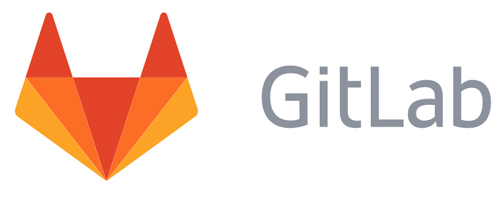
GitLab today is releasing version 10 of its development platform, with features for Auto DevOps, chat, issue boards, CI/CD and monitoring.
The release is the 71st GitLab has made on the 22nd of every month since it began doing so in 2011, and CEO Sid Sijbrandij proudly stated the company has never missed a release.
“We started offering version control and issue tracking, and now we’re integrated for the whole software development life cycle,” he said. “It also contains a Docker container registry, so now you CI system is aware of the container system, and you don’t have to pass permissions around. You can go from an idea to getting it out there all within one application.”
The Auto DevOps feature enables developers to push code, and the automated software creates a project, figure out how to build and test the code and give you more information about the quality of the code, Sijbrandij said. It also helps you transition to Kubernetes, or cloud-native infrastructure, without having to figure everything out for yourself, he added. As for assessing the quality of your code, “We leverage open-source tools, and leverage the work of Code Climate, which packaged up those tools and open-sourced that work. Code Climate engines give results back to the user that could be, “Hey you made a change, this is how the quality of the code got better, and how it got worse.”
This release also introduces group-level Issue Boards, which can elevate Kanban boards, for instance, from individual projects to be able to visualize across projects – especially important in the world of microtasking and microservices development. The capability also offers the ability to lock an issue, and provides better support for Atlassian’s Jira issue tracking tool. “We have an alternative for Jira, but we don’t want to force people to use it,” Sijbrandij said. “By Q4, we’ll have better support for Jira than Atlassian does,” he predicted, adding that a Jira importer will be finished soon.
Aside for many performance improvements, the last of the big new features designed to help organizations move quickly from idea to production is a completely new interface. “As the scope of GitLab explaned, we needed to make a big change to the UI. We did a lot of user research and testing, and this has been in the making for months. Responses have been very positive. It’s easier for users to locate where they are, and they can visualize a complex hierarchy, create groups of groups and now navigate seamlessly through all that.
“We’re built for the enterprise,” Sijbrandij added. “Our bread and butter are companies running internally. People who self-host Git host on GitLab, and they’re all adding features. Now it’s possible to have an integrated solution that still is best of breed. The contributions to GitLab CI, which is making it so popular, is not just about us; it’s about the open-source community.”
Sijbrandij also discussed the trends he sees dominating development in the very near future: Kubernetes, DevOps and microservices. “When you’re creating multiple projects, per project you can spend less time on maintaining or integrating the tool solution. In the past you’d have to ask IT to set up CI and CD, now you can’t. There are just too many projects. You need a registry to see how you make all these services work together.”
As for Kubernetes, GitLab “is all in. We’re turning a new corner. We want to make GitLab the development environment for Kubernetes. We’ll see shift from VMs to container schedulers. Kubernetes is hard, but we want to make it easier. Just attach a Kubernetes cluster to GitLab and just go. We’ll get the proven standards in there and deploy your app with those.”
In today’s DevOps world, you need to automate the SDLC from start to finish, he said. “For every code change, a staging server will show the application in that state. It’s complicated to do without Kubernetes and GitLab. Automating the code review, the app and how it works makes automating more essential with microservices.”
He added that dependencies between projects become much more important from a management perspective. “You need visibility. We released a better view into the relationships between projects in CI. You can can triggers for actions in a service, or dependencies on other services. In GitLab, those are now visualized.”






